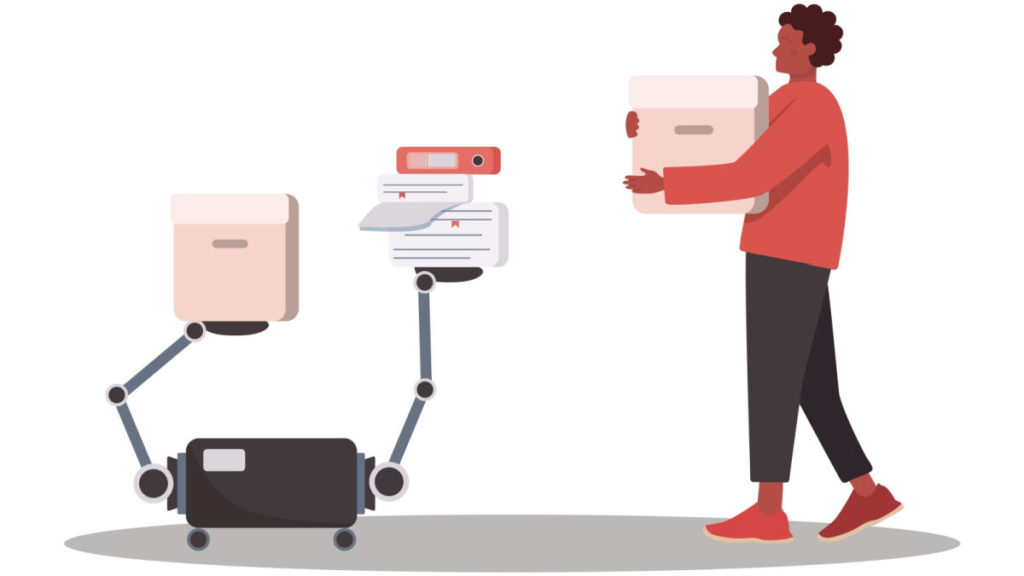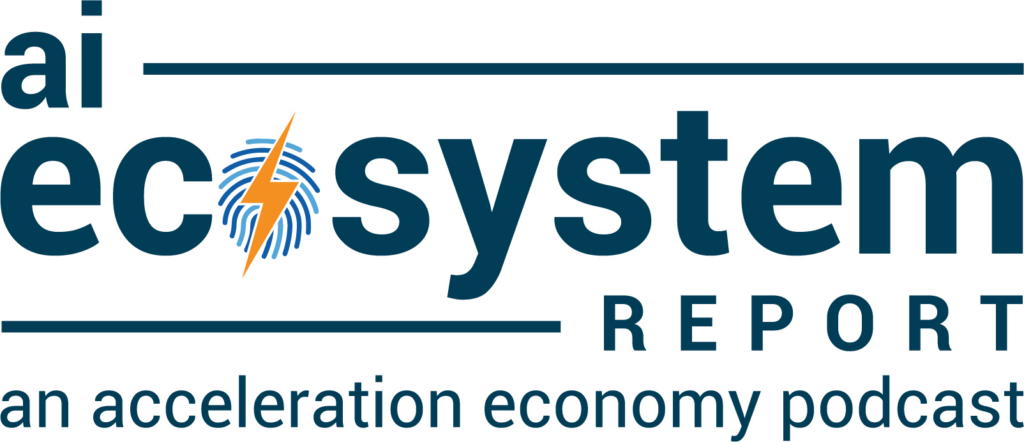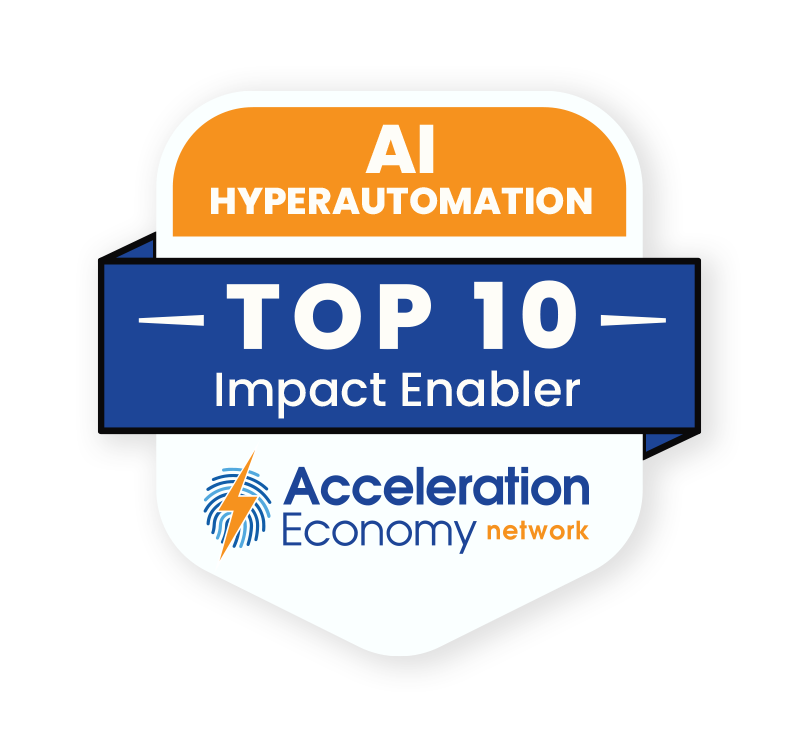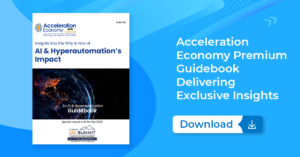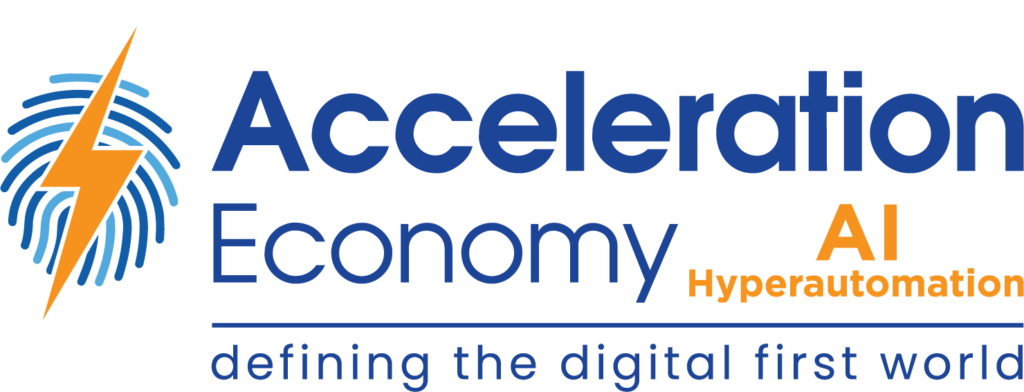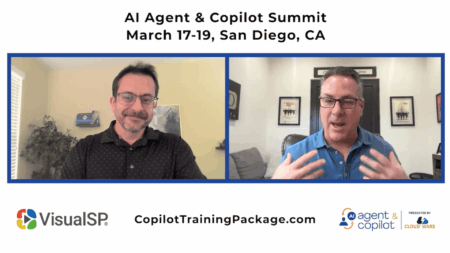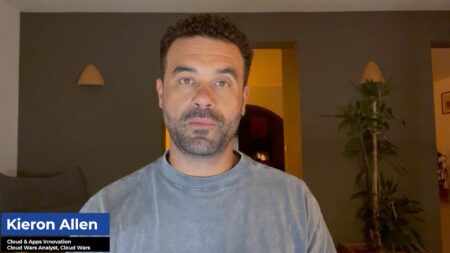At the heart of the discussion around hyperautomation is the role of people. What is hyperautomation’s impact on us? Are we being replaced, or are we being helped? And what are we still better at compared to machines?
Personally, I’ve always taken the view that automation enables people, rather than shutting them out or minimizing their value. It frees them to perform higher-level tasks or enjoy life instead of just working. For example, consider that the original “computers” were actually humans performing laborious arithmetic calculations by hand, as in the movie “Hidden Figures.” When the first commercial mainframes began shipping, human “computers” didn’t lose their jobs — they adapted to the new circumstances. Instead of doing menial arithmetic, they were able to draw meaning from larger data sets.
Which companies are the most important vendors in AI and Hyperautomation? Click here to see the Acceleration Economy Top 10 AI/Hyperautomation Short List, as selected by our expert team of practitioner-analysts
Humans Drive Automated Processes
We decide what is to be automated, how it will be automated, and, most importantly, to what end. The difference between us and computers, including modern artificial intelligence (AI) systems, is that we have objectives and understand how to reach them. Until computers gain their own objectives, which artificial general intelligence (AGI) might bring about, we are in the driver’s seat. The relationship between people and AI remains synergistic.
Here’s a personal example. I’m running a startup building augmented reality (AR) experiences, and I recently started using monday.com’s customer relationship management (CRM) for managing our pipeline. It has simple automation tools that allow you to, for example, send an email once an item’s status has changed. I choose where and when this function is deployed in order to reserve my time for building deeper relationships with my clients and supporting my team.
If people (me in this case) were completely removed from the process, the system would blast generic emails based on only a few data points, such as stage in the pipeline or geographic location, to prospects who would then feel like targets. That single faulty touchpoint can mean losing a potential client. The ideal message is human and authentic. By putting a person in charge of the automation, one can be assured that the message will meet that standard.
Automation Streamlines Healthcare During Covid-19
When I’m feeling a little lazy, I remind myself of what hospital workers went through during the early stages of the pandemic. My workload still probably pales in comparison to theirs. One such group of healthcare workers worked for the Newcastle Hospitals Trust, an association of hospitals in the United Kingdom.
The best option to meet the increased demand facing the Newcastle Hospitals during the pandemic was automation, so the Trust turned to Automation Anywhere, which provides robotic process automation (RPA) bots that create and validate vendor invoices for the Trust in Workday on a 24/7 basis. Bots also help with document requests and getting e-signatures.
The partnership between the Trust’s robotic helpers and healthcare workers was clear when COVID-19 required the Newcastle Hospitals Trust to vaccinate all 16,000 of its staff and send the vaccination records to both local and national systems. Without automation, this process would have required training more than 100 vaccinators on new systems, a case study on the Automation Anywhere website points out. So Newcastle Hospitals chose Automation Anywhere’s Automation 360 software and services to help with human resources (HR) processes, appointment booking, and other operational tasks.
It even deployed a custom bot: “The NIVS (National Immunization and Vaccination System) bot, which didn’t require extra training for vaccinators, accessed the internal system, retrieved data, and then accessed the national system to input over 11,000 records, one by one, in less than two months,” the case study says.
The Trust didn’t stop after the pandemic, though. It also launched the cancer patient referral bot, which updated cancer referrals on an almost daily basis. As a result, the staff, which previously managed this process manually, regained two working days per week that it could then use to focus on quality patient care. Sonny Yuan, the Trust’s robotic process automation (RPA) lead, pointed out that the staff saved roughly 15,000 hours since the launch of its first bot.
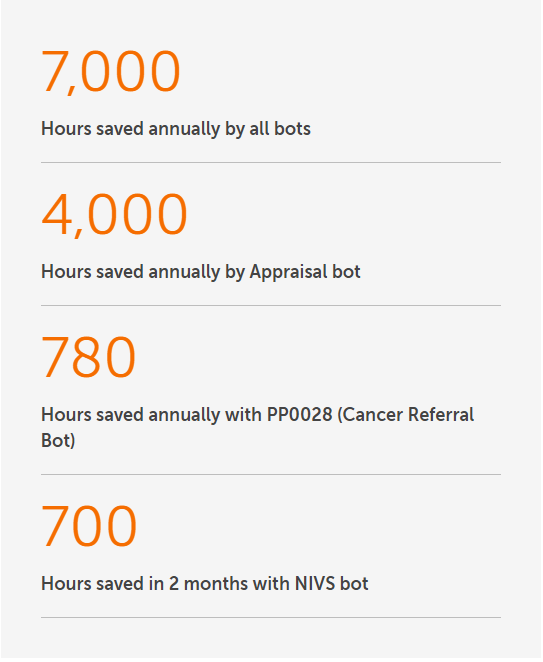
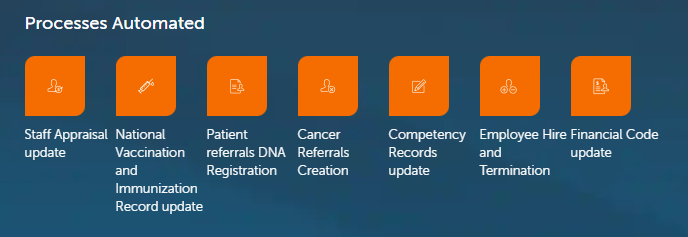
Nonetheless, the Automation Anywhere bots couldn’t have impacted the Trust’s operations without the humans involved. It was they who knew when and where RPA would be most effective. Nor were the bots running in a black box — humans were still overseeing the process, mitigating errors, and correcting for mistakes. Not to mention that the automation was only useful because it freed up human work hours to focus on more important functions including giving better care to patients and increasing the capacity of the hospital when it was needed most.
Conclusion
For the foreseeable future, humans will want to be around other humans. Even if we create sentient AGI and every function from construction framing to mental-health therapy to writing poetry is 100% automated, we’ll still have our own problems and want to speak to our family and friends. As a result, the most value we deliver to each other in a work context, which is measured by revenue and business growth, will be accrued by combining the power of machines with ourselves.
Looking for real-world insights into artificial intelligence and hyperautomation? Subscribe to the AI and Hyperautomation channel:


